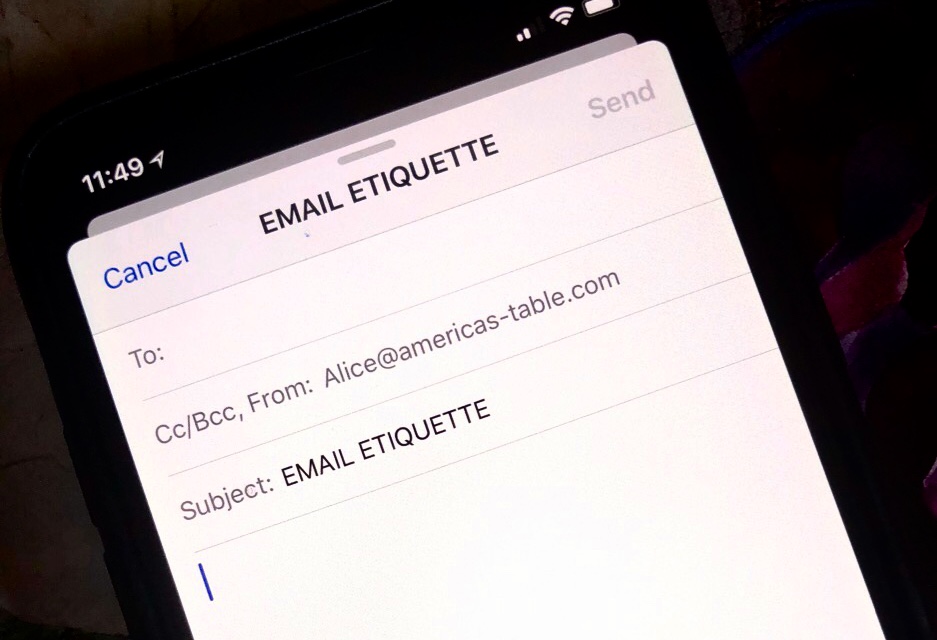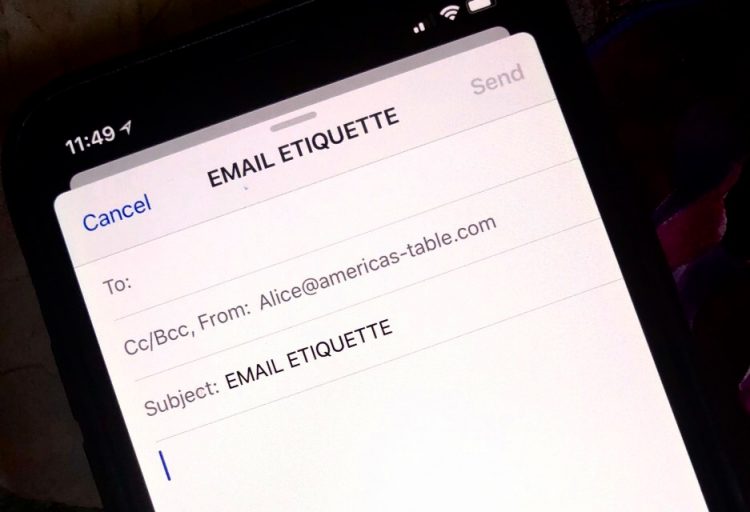
More and more of our interactions take place online. Without the ability to read another person’s facial expressions and body language it’s easy to misinterpret a message. Here are a few tips from Treating People Well to keep your emails precise and pleasant.
Avoid Sarcasm – Sarcasm is difficult to recognize without hearing the speaker’s tone of voice or seeing the smile and accompanying eye roll. Save emojis and over-punctuation for personal emails, and remember that messages in all capitals denote ANGER.
Be Quick – Try to respond to business emails in a timely fashion, even if you only have time to say you can’t respond at the moment and will be back in touch as quickly as possible. This prevents the sender from misconstruing your lack of response as disinterest or disrespect. For personal emails, you can take more time.)
Be Polite – Use the Subject line to identify the reason for the email. Use salutations, such as Dear Mrs. Doe – as you would in a letter – and avoid abbreviations like ‘thx’ for ‘thanks.’ Sign off with a ‘Best regards’ or ‘All the best’ and your name. Including your name, title, work address and phone number is helpful.
Alcohol and Emails Don’t Mix – Avoid responding to after-hours business emails if you’ve had a glass or two of wine. Your reply may not be as coherent as you’d like and you could find yourself doing damage control the next morning.
Don’t Overreact – When you receive an upsetting message, take a moment to collect yourself before responding. Remember that emails are forever, and can be forwarded and screen-shotted anywhere. You make more of an impact when you stay calm and marshal your facts logically.
Double Check It All – Auto-correct, auto-fill and auto-replay are meant to make life easier, but they can be dangerous. I once sent my tax return, intended for the accountant, to a Washington insider whose name was similar to the accountant’s. Thanks, Auto-correct. Take a moment to reread every email before sending, to avoid embarrassing situations like mine.
Says Thanks – It’s fine to write a thank you note via email. It may not be as impressive as a handwritten note, but hey – at least you remembered and made the effort, right?
If you’d like to read more about online etiquette on other social media platforms, see the chapter on Virtual Manners in Treating People Well.




2 Comments